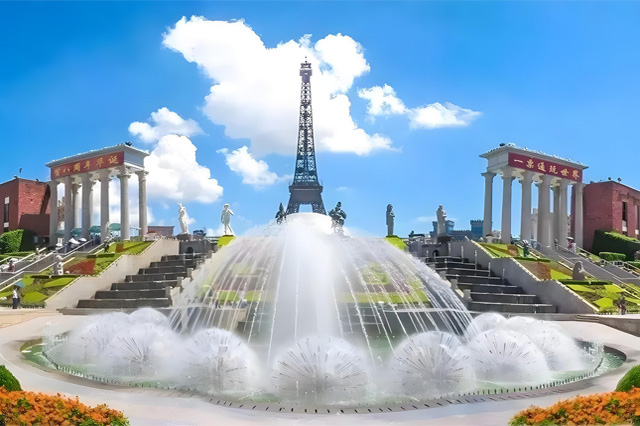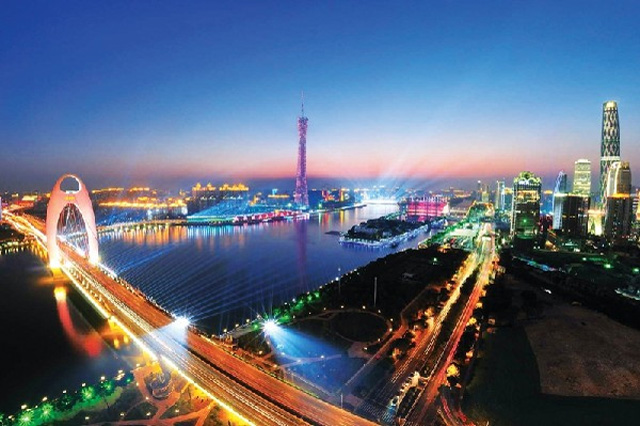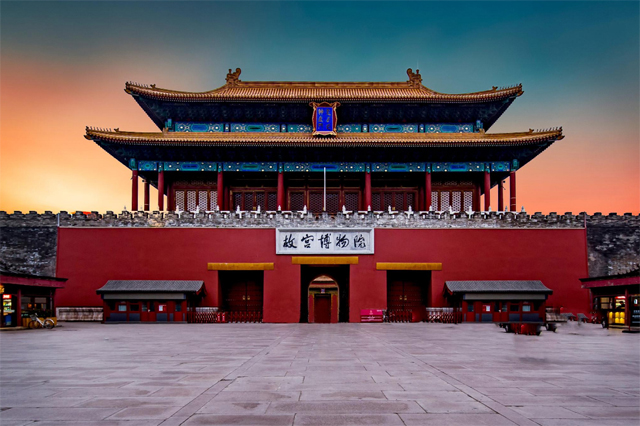Gansu 5A tourist attractions summary, take you to play Longyuan!
- China Tourism
- 2025-05-03 11:35
- 225
Gansu Province, referred to as "Gan" or "Long", is located in Northwest China. It is the key place and golden section of the ancient Silk Road. Gansu is the first word of Ganzhou (now Zhangye) and Suzhou (now Jiuquan). Gansu Province is rich in cultural heritage and is the birthplace of Chinese civilization, as well as the intersection of farming civilization and nomadic civilization, Chinese civilization and world civilization. Next, I will give you a summary of Gansu 5A tourist attractions and take you to Longyuan!
1. Jiayuguan Cultural Relics Scenic Spot, Jiayuguan City
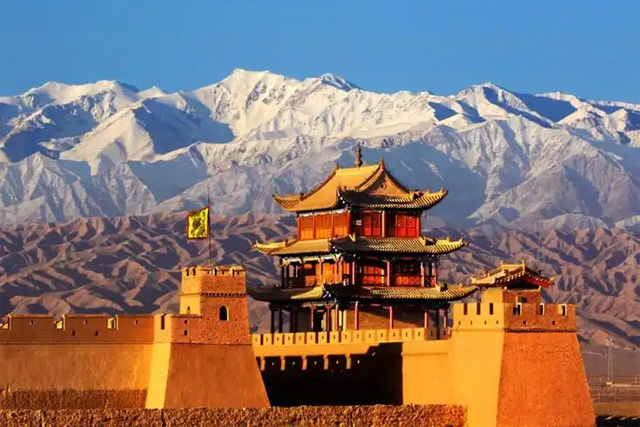
Jiayuguan City Jiayuguan Cultural Relics Scenic Area, located at No. 421 Guancheng South Road, Jiayuguan City, Gansu Province, contains Jiayuguan City, the Great Wall, the world's first pier three major scenic spots, is based on the Jiayuguan military defense system of historical relics, ruins as the main landscape resources of the border fortress culture, Great Wall culture, Silk Road cultural tourism scenic area, the scenic area formed a unique desolate, majestic, dignified, dignified, dignified border Gobi Gobi, showing the role of the history of. Jiayuguan Pass was built in the fifth year of Hongwu in the Ming Dynasty (1372). It is the westernmost end of the Ming Great Wall of China. It was built in the 18th year of Jiajing in the Ming Dynasty (1539). It is known as "the world's most powerful pass", "Chinese and foreign giant defense", "Hexi lock key" and "Silk Road throat.
2. Maijishan Scenic Spot, Tianshui City

Tianshui Maiji Mountain Scenic Area, located in Maiji Town, Maiji District, Tianshui City, Gansu Province, has five characteristic scenic spots, Maiji Mountain, Xianrenya, Shimen, Quxi, and Jieting, with a total of more than 180 scenic spots. Maijishan Grottoes are famous for their clay sculptures and stone tire clay sculptures as their main art forms. It is the only grotto in China that preserves the most complete statue system of the Northern Dynasty in China. It is also the only grotto that preserves examples of the Northern Dynasty's cliff pavilion. It is known as the "Oriental Sculpture Art Exhibition Hall" and is one of China's "Four Grottoes" and is included in the World Cultural Heritage List. Maijishan Scenic Area is characterized by Maijishan Grottoes, one of the four major grottoes in China. It also has scenic resources such as Danxia, Xiufeng, Maolin, Qushui, hot springs, and ancient towns. It is a national-level scenic spot with the main functions of cultural appreciation, sightseeing, leisure and recreation, and popular science education.
3. Colorful Danxia Scenic Spot in Zhangye City

Zhangye colorful Danxia Scenic spot, located in Linze and Sunan County at the northern foot of Qilian Mountain, is now a World Geopark and a national 5A tourist attraction. There are 7 scenic spots in the scenic area, such as colorful sea of clouds, colorful fairy edge, colorful splendor, colorful hongxia, crouching tiger gorge, colorful Ao river and Vientiane earth forest. there are more than 30 scenic spots in China, such as dragon playing fire, spirit monkey watching the sea, monks worshipping Buddha, god turtle asking the sky, golden toad asking questions, big scallop, colorful screen, sleeping beauty, crouching tiger, etc.
4. Kongtong Mountain Scenic Area, Pingliang City
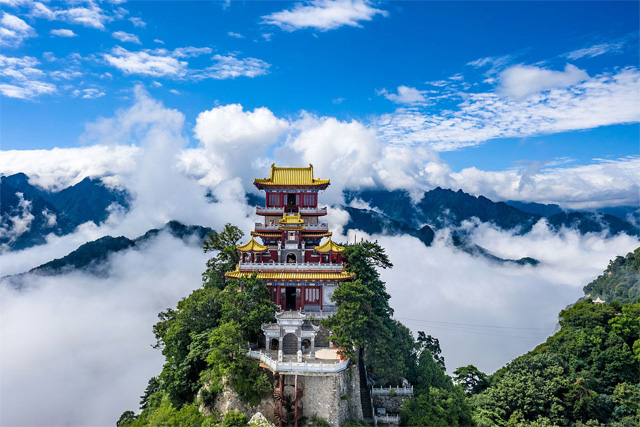
The Kongtong Mountain Scenic Area in Pingliang City is located 12 kilometers west of Pingliang City, Gansu Province. It overlooks Xi'an in the east, Lanzhou in the west, Baoji in the south, and Yinchuan in the north. It is a fortress in the west of the ancient Silk Road. Since ancient times, the Kongtong Mountain Scenic Area has been known as "the first mountain from the west", "the wonder of the west town", "the beautiful scenery of Kongtong Mountain", "Xiongxiu Jia in Guansai", "where the source of the road is located" and so on. Kongtong Mountain is known as the 42 buildings of the twelve houses of the eight palaces and nine palaces. It is known as the holy land of Taoism and Buddhism in the northwest.
5. Mingsha Mountain Crescent Spring Scenic Spot, Jiuquan City
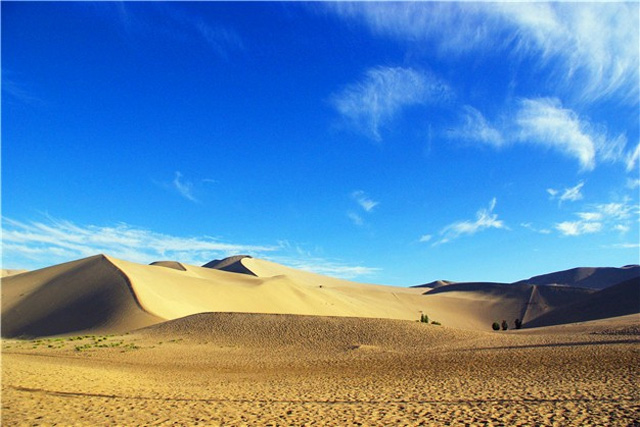
The Mingsha Mountain Crescent Spring Scenic Area in Jiuquan City is located 5 kilometers south of Dunhuang City, Jiuquan City, Gansu Province. It is famous for the desert wonders of mountain springs and sand and water, and is known as "one of the unique scenery outside the Great Wall". Mingsha Mountain was called Shensha Mountain and Shajiao Mountain in the Han Dynasty. It was called Mingsha Mountain in the Wei and Jin Dynasties, and was named after the sound of sand movement. Crescent Spring was called Shajing in the Han Dynasty, Medicine Spring in the Tang Dynasty, and Crescent Spring in the Qing Dynasty. It was named after its shape resembled a crescent moon. Mingsha Mountain Crescent Spring Scenic Area has become a well-known scenic tourist area at home and abroad integrating tourism, vacation and leisure, sand sliding fitness, cultural exchange and geological research.
6. Guane Valley Scenic Spot, Longnan City
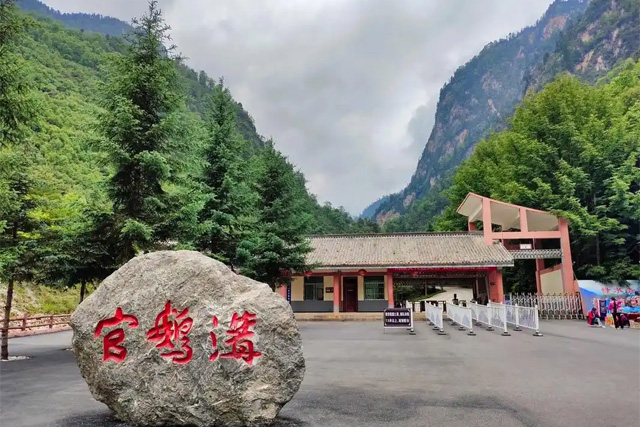
Longnan Guan'e Gou Scenic Area, located in Longnan City, Gansu Province, is a national AAAAA-level tourist attraction. Guan'e Gully Scenic Area is composed of three tourist areas: Guanzhugou, Eyagou and Leigu Mountain, with a total area of 66 square kilometers. Guane Gully has a forest coverage rate of 75.1, with an average of about 18000 negative oxygen ions per cubic centimeter of space. It is a rare health resort. The climate in the scenic area is humid, the valley is vertical and horizontal, the gorge is curved and the forest is dense, the peak is strange and the stone is strange, the meadow and the sea of flowers are reflected, the snow mountain and the blue lake are bright, the stream water is connected to the waterfall, and the ancient wood is hidden in the high rock.
7. Bingling Temple World Cultural Heritage Tourist Area, Linxia Hui Autonomous Prefecture
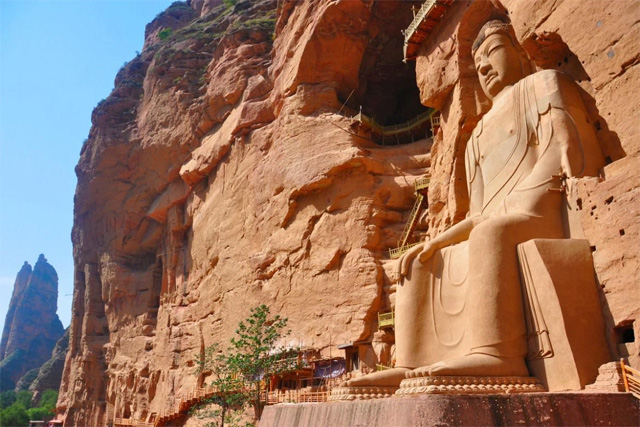
Linxia Hui Autonomous Prefecture Bingling Temple World Cultural Heritage Tourist Area, located in Linxia Hui Autonomous Prefecture, Gansu Province, is a national AAAAA-level tourist attraction. It consists of three major areas: Bingling Lake, Bingling Stone Forest, and Bingling Stone Forest. Bingling Lake is the reservoir of Liujiaxia Hydropower Station, the first large-scale hydropower station in Asia, and is the famous "Blue Yellow River and Sea of Gansu". Bingling Stone Forest has a high geological science, tourism development, natural aesthetics, ecological protection value. Binglingsi Grottoes was founded in the Sixteen Kingcountries period and has a history of more than 1600 years. It is a national key cultural relic protection unit.
8. Yeliguan Tourist Area, Gannan Prefecture
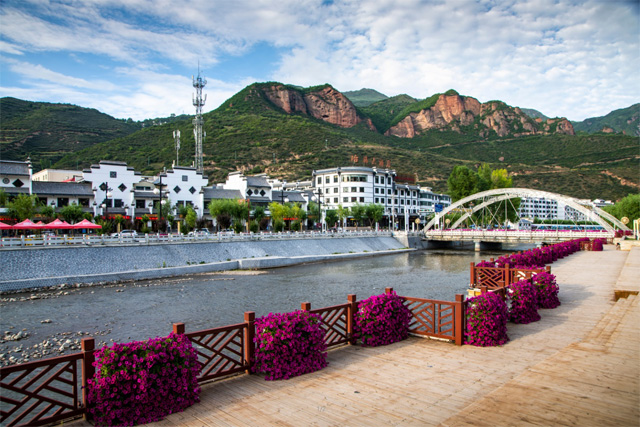
Yeliguan tourist area in Gannan Prefecture, located in the northeast of Lintan County, Gannan Tibetan Autonomous Prefecture, Gansu Province, is located in the transition zone between the Qinghai-Tibet Plateau and the Loess Plateau. It is a compound eco-tourism area integrating alpine lakes, Danxia landforms, subalpine meadows and terraced flowers on the northeast edge of the Qinghai-Tibet Plateau and the Qinling fold belt. Yeliguan is an ancient Chinese pass name and place name. In history, it was a key post station on the "Tang-Tibet Ancient Road" and "Tea-Horse Ancient Road". It was an important gateway to enter Tibetan areas in ancient times. Tibetan, Hui and Han cultures converge here, leaving behind many historical allusions, legends, ruins and ethnic customs.
This article is edited and published by Journey Mark. If you have any questions, please feel free to contact us at any time.
Article Link:https://www.topvvv.com/en/China/124.html

